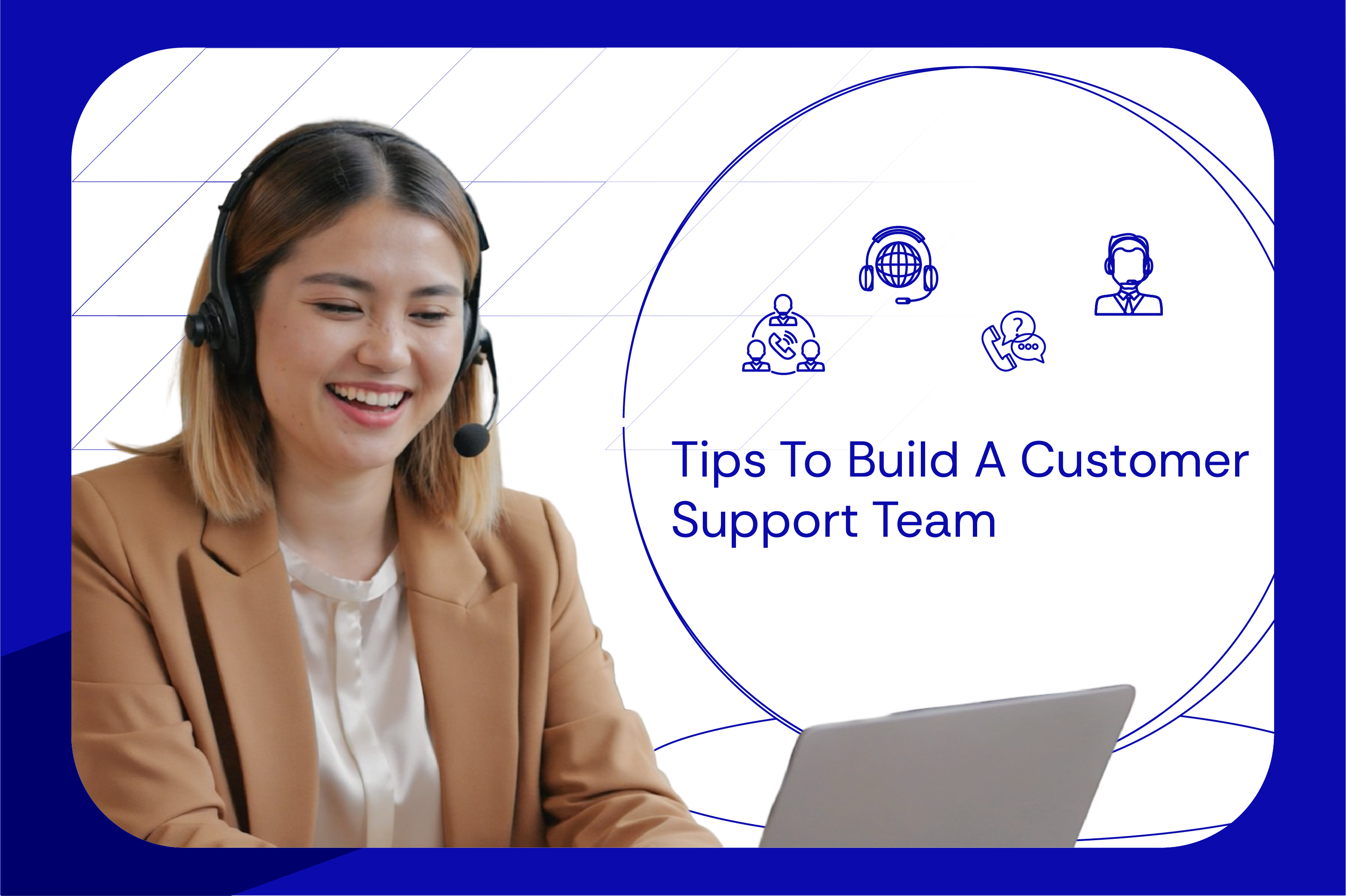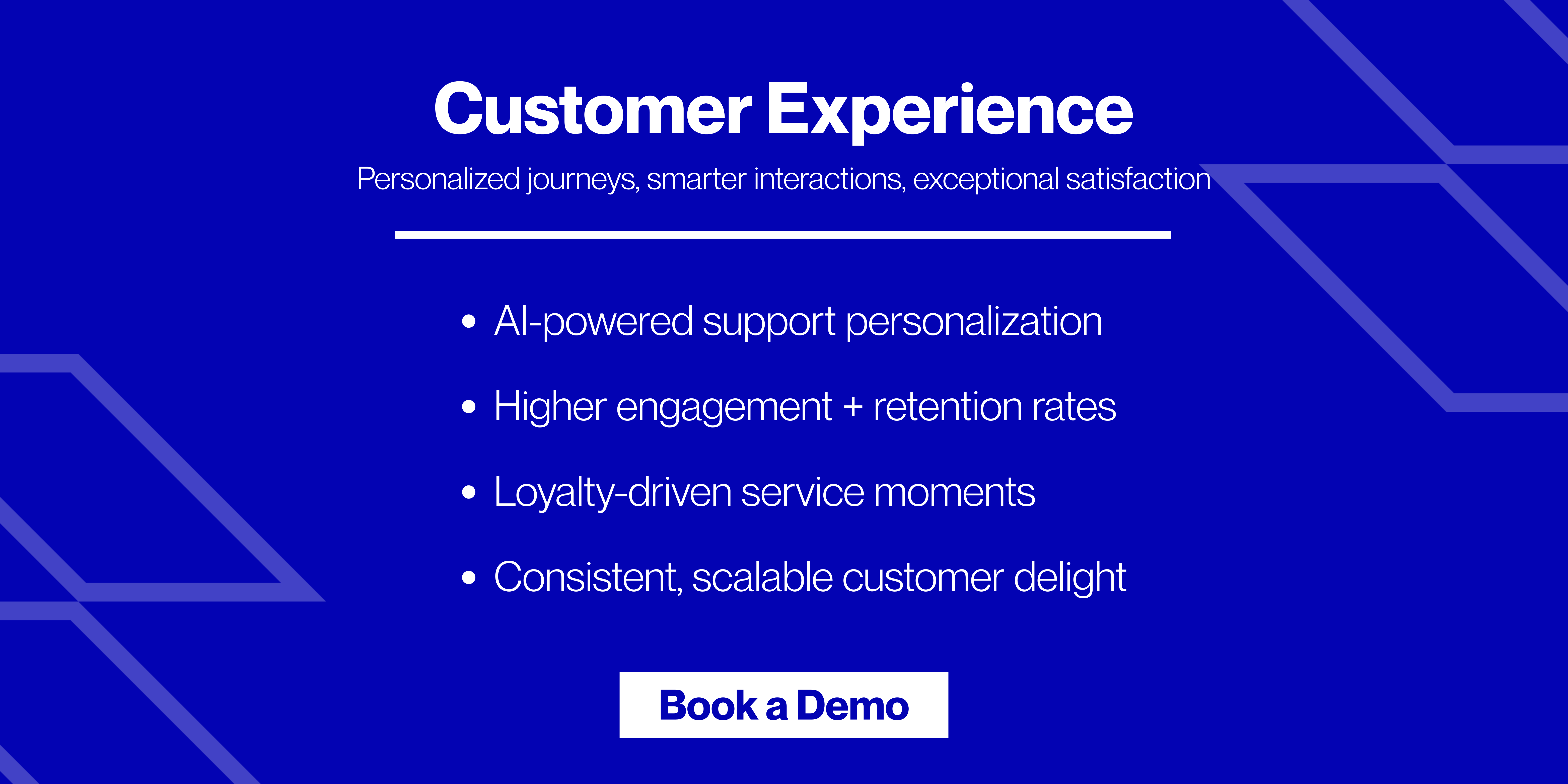The goal as a company is to build customer service that is not just the best but industry-defining.
Gone are the days when pricing was the biggest factor differentiating a brand. Now, a brand can offer similar products or services at a lower price, but this does not guarantee higher sales. Why? Because customers want products and services that have a robust and satisfactory customer experience in 2025.
A brand with affordable products and services and an effective customer experience can become a customer favorite. A brand with products and services priced similarly but with a poor experience is something customers will forget after the first buy.
Take it this way: regardless of the price of the products or services, research shows that nearly 80% of customers will switch to another brand if they find a better customer experience. However, it is possible to retain customers and earn advocacy by delivering exceptional support that addresses pain points quickly.
So what should leadership teams in 2025 do? How can a VP or Director of Customer Experience at a brand or D2C company build a customer service team that boosts loyalty across markets like the US, UK & Australia? One of the most important factors is building a comprehensive customer support team.
For consumer brands and D2C companies operating in competitive markets, building an effective customer support team is especially critical. Senior managers and directors understand that a well-structured support system not only enhances retention but also protects revenue growth for companies with $5M+ turnover.
A customer support team ensures excellent customer service, enhances brand reputation, and increases loyalty. What more can a business want, right? Read this blog for useful tips on building a robust customer support team.
What is a Customer Support Team?
A customer support team is a group of employees who are experts in providing customer support. They handle customer concerns, inquiries, complaints, feedback, and issues, creating a bridge between customers and the company.
For example, if you bought a product from a company and want to complain about its quality, you might aim to escalate directly to the CEO. However, a structured support team is designed to interact with customers, document their concerns, and communicate them to executives, who then use this feedback to improve products and services.
A customer support team is tasked with:
- Answering product or service questions.
- Resolving issues quickly.
- Processing returns or refunds.
- Providing assistance through phone, social, email, and chat.
- Sharing product features and benefits.
In 2025, the speed and accuracy of this team’s responses shape overall customer experience, especially in high-competition D2C sectors.
What Should an Effective Customer Support Team Structure Look Like in 2025?
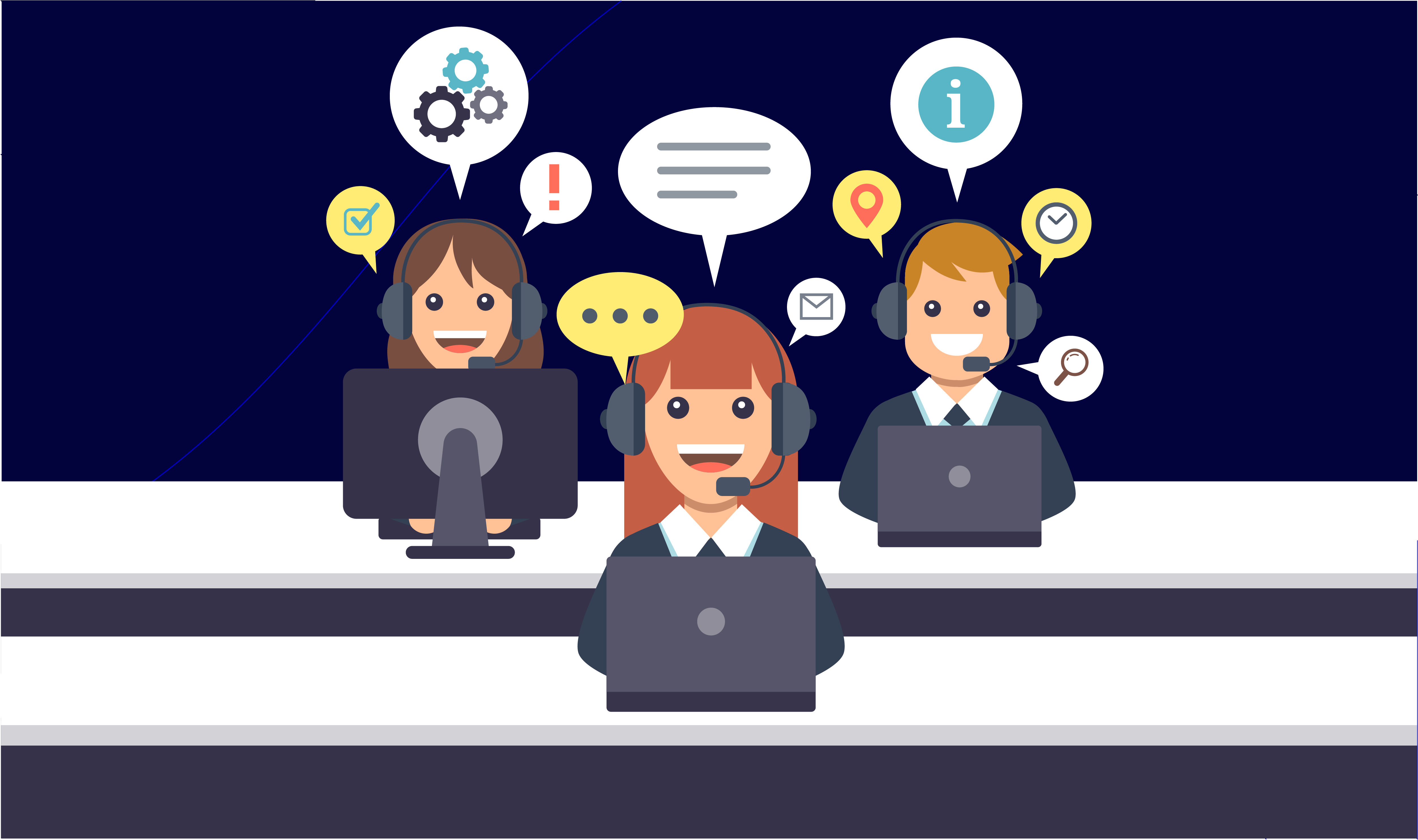
Building customer service through a support team does not mean employing multiple people without structure. The right setup depends on your company size and goals.
For small businesses and startups:
- Customer Service Manager
- Customer Service Specialist
- Technical Support
Team members rely heavily on automation tools such as AI chatbots, auto-replies, and online forms.
For mid-size companies:
- Director of Customer Support
- Customer Success Manager
- Account Development Manager
- Onboarding Specialist
For companies with 5+ employees and $5M+ revenue, this structure provides scale while maintaining quality.
For enterprise-level companies:
- VP of Customer Success
- Director of Customer Success
- Customer Success Lead
- Support Specialists
- Onboarding Team Lead & Specialists
- Training Specialists
- Customer Operations Director & Coordinators
- Customer Engagement Manager
- Renewals Manager
This model is relevant for CX-focused leaders in large consumer brands that operate across countries like the US, UK & Australia.
Some Tips to Build a Robust Customer Support Team
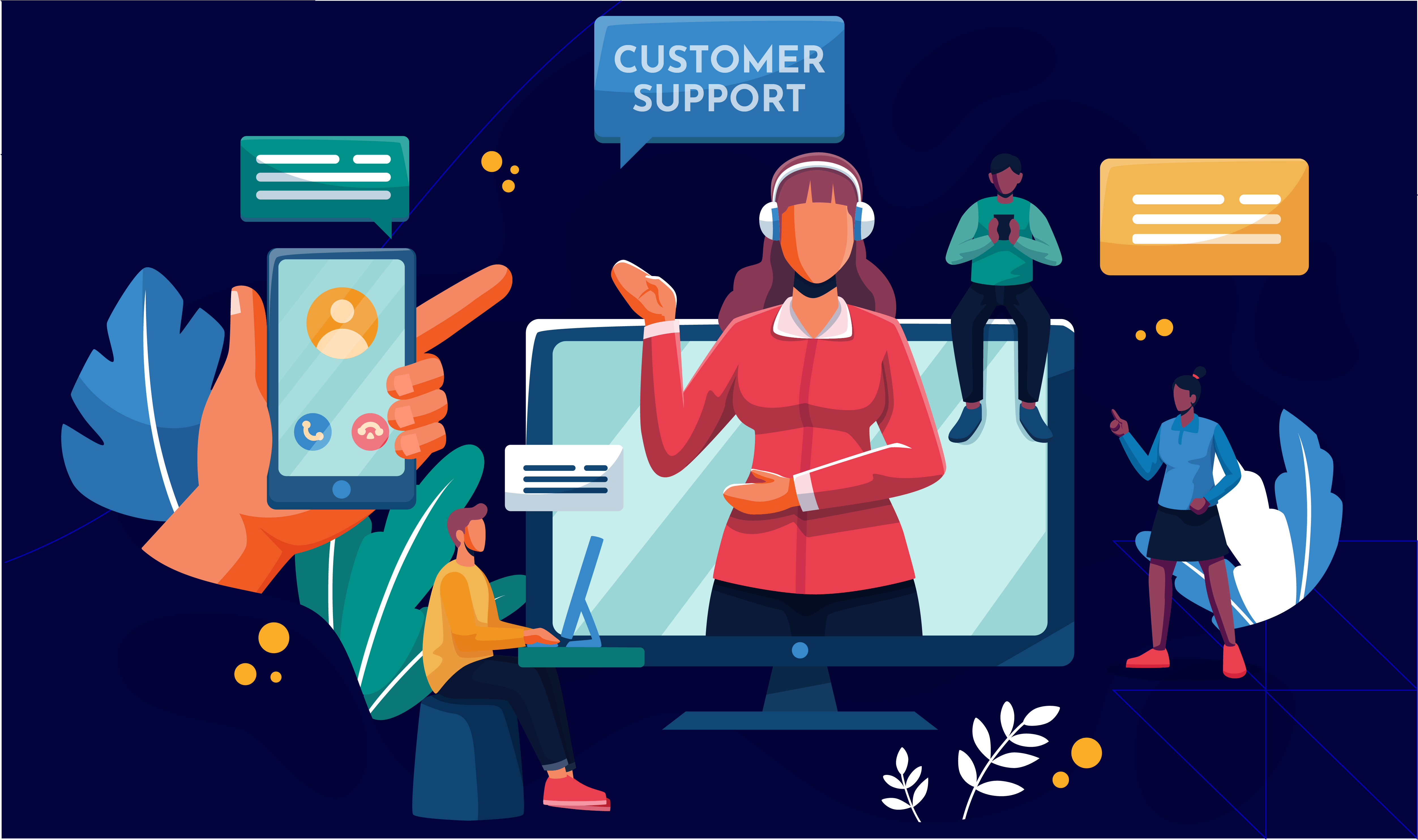
A robust support team is the backbone of a seamless customer experience. Even when products are strong, defects and concerns happen, and customers turn to support.
If the support experience is mediocre, it damages brand reputation. If it is data-driven and empathetic, customers will accept mistakes, return, and recommend your brand.
Here are some tips:
1. Define Roles and Objectives
- Set clear goals, roles, and KPIs (response time, resolution time, CSAT, NPS).
- Conduct customer needs analysis to understand expectations.
2. Determine the Right Structure
- Choose between tiered, hybrid, or dedicated support models.
- Ensure roles like CSMs, operations managers, and knowledge base specialists are well-defined.
3. Hire the Right People
- Focus on patience, communication, product knowledge, and adaptability.
- Use multiple hiring channels—LinkedIn, referrals, and in-house training.
4. Provide Comprehensive Training
- Cover company policies, product knowledge, tools, communication, and crisis handling.
- Use onboarding programs, shadow training, and e-learning modules.
5. Use the Right Tools and Technology
- Invest in help desk software, CRM, chatbots, and self-service portals, and consider help desk outsourcing to improve efficiency and customer support quality.
- For D2C companies, integrating social media and AI automation is important in 2025 to meet customer expectations.
6. Monitor and Improve Performance
- Track metrics like FRT, ART, backlog, and CSAT.
- Collect feedback and update processes regularly.
You Say Customer Service, We Say Atidiv!
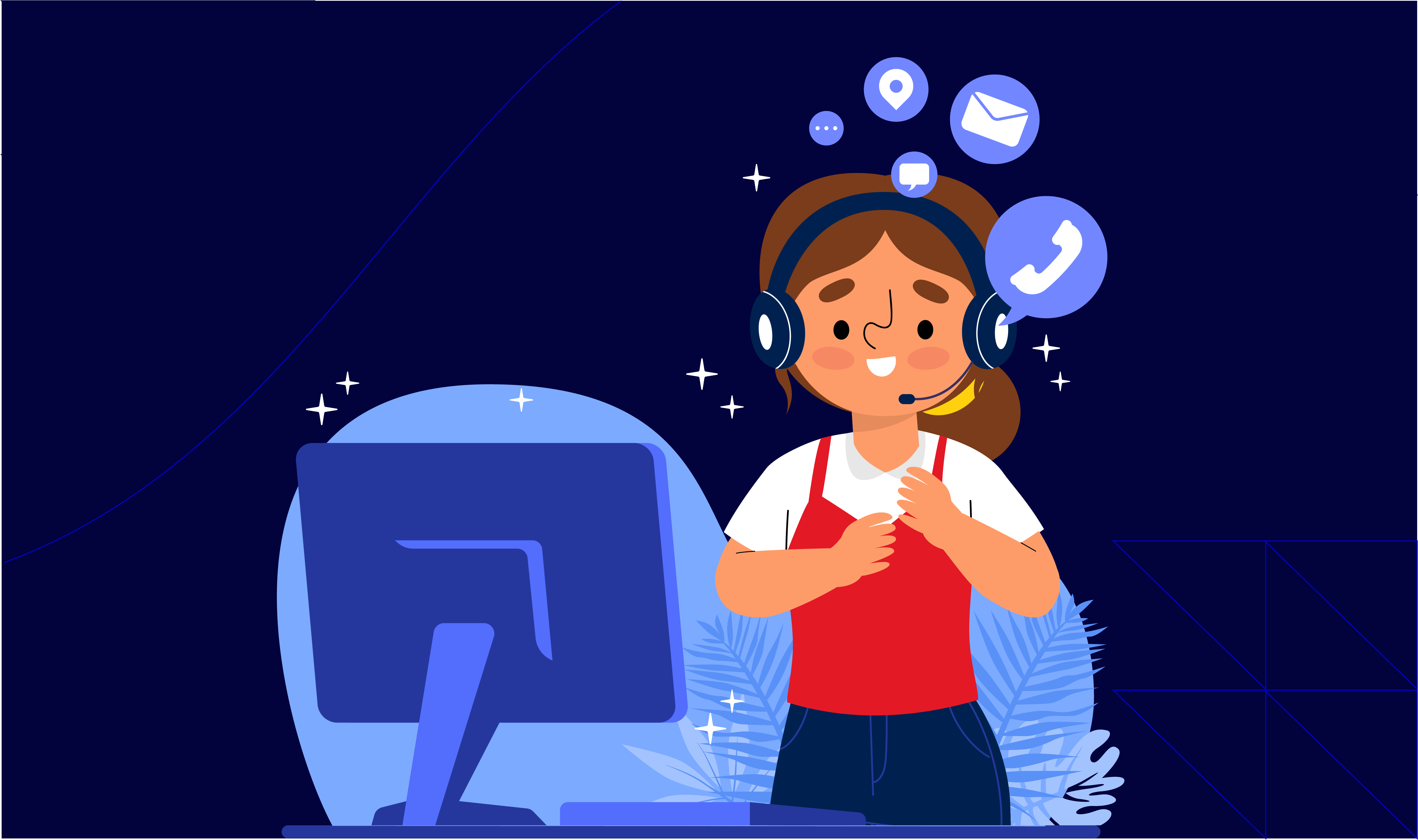
Your business needs an effective customer support team to retain and grow revenue. However, you don’t have to shift your leadership focus away from core products or services. Atidiv partners with VP- and Director-level leaders in consumer brands and D2C companies to build high-performance support systems across the US, UK & Australia.
We ensure your support is elevated through solutions such as:
- Omnichannel Customer Support
- Impact-Driven Sales Support
- 24/7 Back Office Support
- NPS Enhancement
What are you waiting for? Visit Atidiv and transform your CX today.
FAQs On Customer Support Team
Q.1: What are the key qualities of an effective customer support team?
Ans: An effective support team should have patience, strong communication skills, problem-solving abilities, and deep product knowledge. It should also be adaptable to different customer needs and proficient in using customer service tools.
Q.2: How do I structure my customer support team?
Ans: The structure depends on business needs, but common models include tiered support (basic to expert levels), dedicated teams for VIP customers, and hybrid models combining automation and human support. Roles typically include frontline members, technical specialists, and customer success managers.
Q.3: What tools are essential for a customer support team?
Ans: Key tools include help desk software, CRM platforms, live chat/chatbots, and knowledge bases. AI automation, social media monitoring, and call center software also enhance efficiency.
Q.4: How can I measure customer support team performance?
Ans: You can use metrics like First Response Time (FRT), Average Resolution Time (ART), Ticket Backlog Rate, Customer Satisfaction Score (CSAT), and Net Promoter Score (NPS). Regular customer feedback and data analysis help refine processes.
Q.5: When should I scale my customer support team?
Ans: It is ideal to scale when ticket volumes consistently increase, response times slow down, or new customer service channels (like social media or live chat) are introduced. Hiring, automation, and process optimisation can help you manage growing demands effectively.
Q.6: What kind of training should I provide to my customer support team?
Ans: Customer support training should cover product knowledge, communication skills, and problem-solving techniques. It should also teach agents how to handle difficult customers, use support tools like CRM and ticketing systems, and follow company policies. Hands-on practice improves real-world responses. Regular refresher courses and upskilling can keep the team updated with industry trends.
